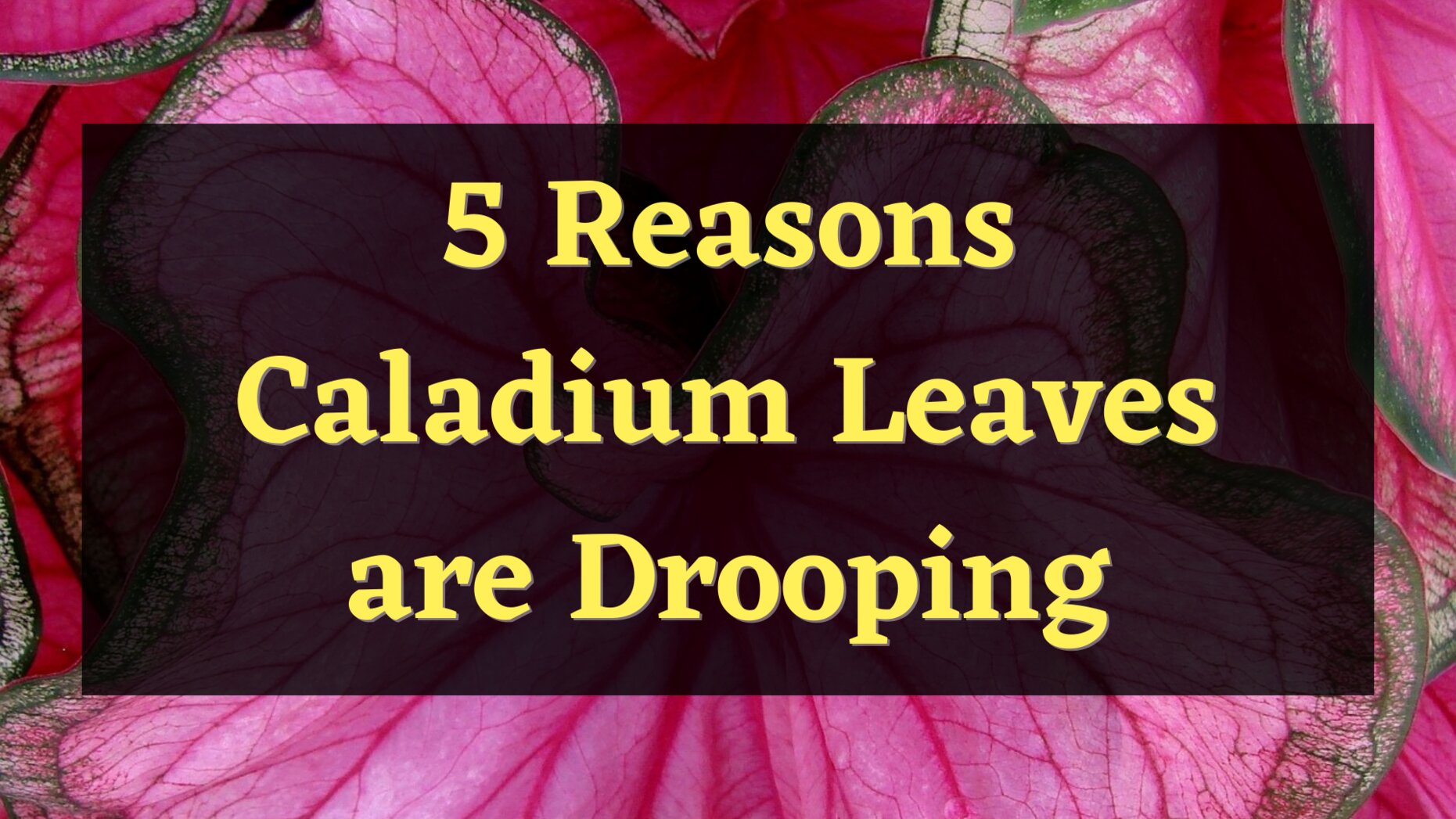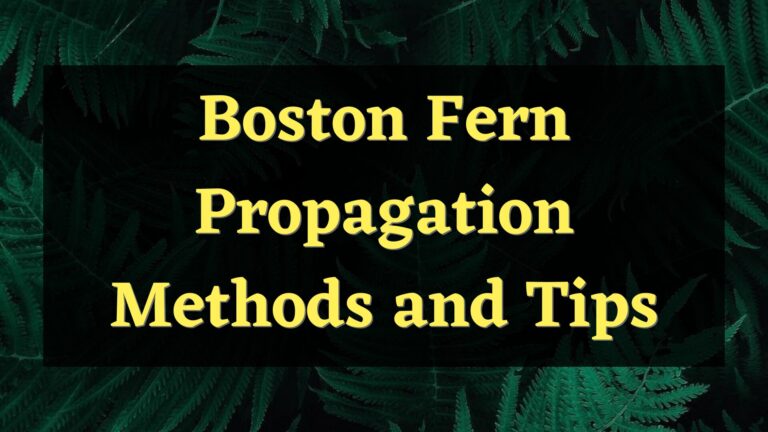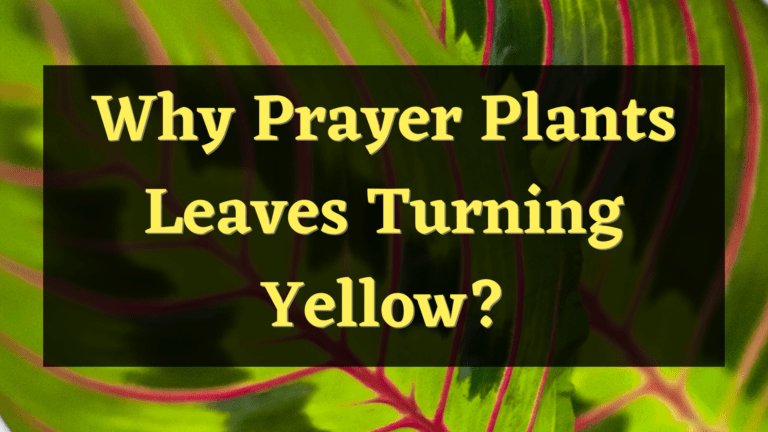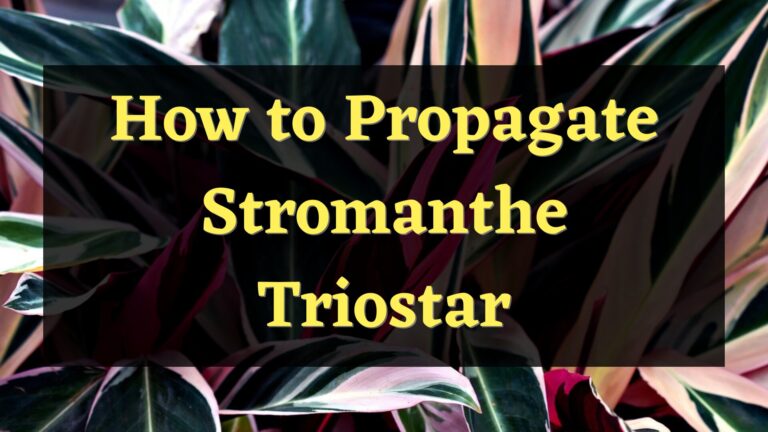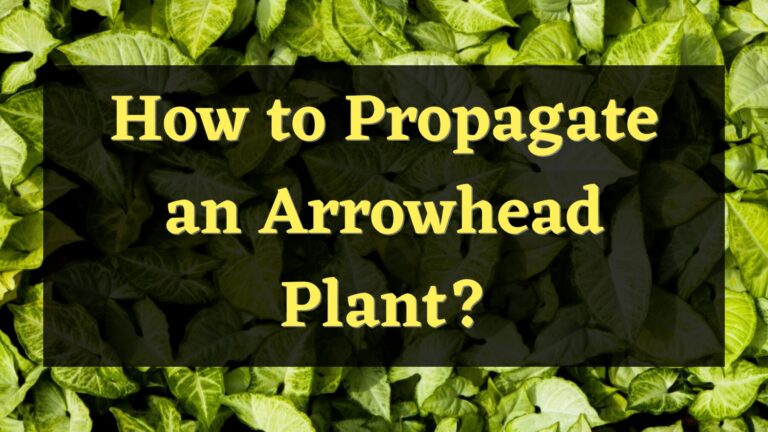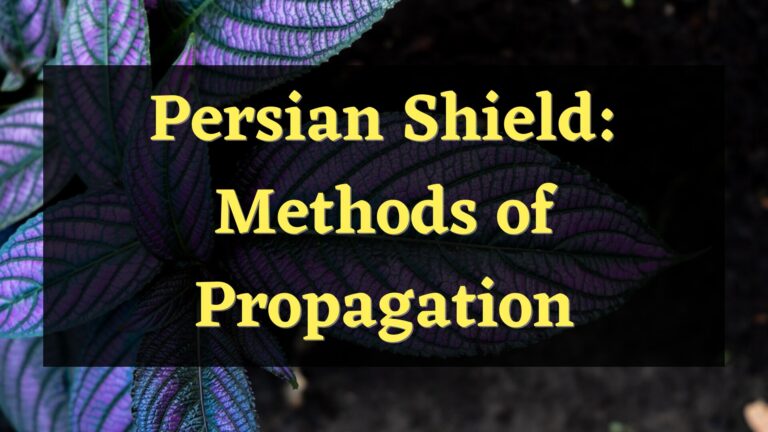Due to their beautiful foliage, caladiums make wonderful indoor plants, but occasionally, they begin to flop, so you are left to wonder why your Caladium Leaves are drooping. These plants are ideal for shaded yards or gardens. Caladiums have colorful leaves that make them more appealing for outdoor use. However, because they are native to modern Brazil, these plants are very sensitive to changes in temperature and several other conditions that can sometimes make them demanding.
Why Caladiums are drooping?
Underwatering
A caladium plant needs regular access to water and moist soil. If you notice wilting leaves, this is a sign that your caladium is submerged. Due to a lack of water, Caladium leaves go dormant and will eventually start drooping.
Poor watering practices or placing your plant in direct sunlight may be one of the main factors to blame for this. As a result, the soil will get drier because the sun’s heat absorbs its moisture.
Overwatering
Despite the fact that regular watering of the caladiums is highly recommended, it is crucial to avoid overwatering your plants. Overwatering caladiums can cause their tubers to rot. This is so that air can reach the roots since excessive watering can clog the soil and seal the soil’s air gaps.
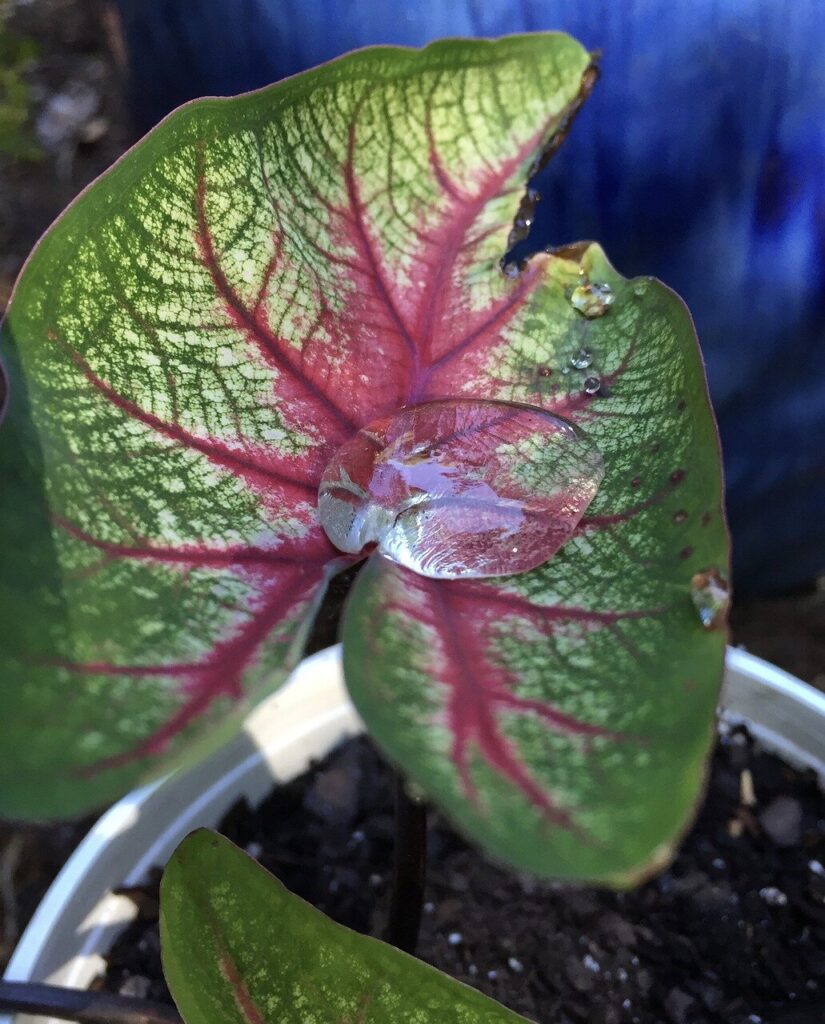
The ability of your caladiums to maintain the health of their leaves and overall structure is subsequently impacted when they are overwatered. Thus, this is a very big problem for your caladiums.
Too much sunlight
Overexposure to sunlight is one of the main reasons your caladium leaves are drooping. To develop and subsequently preserve their lovely foliage, these plants require plenty of bright but indirect sunlight.
The leaves will burn and their hues will start to fade when they are exposed to direct sunlight. The leaves’ edges will begin to droop, become yellow or brown, or even worse, they could wilt and die.
Stress
As a tropical plant, changes in temperatures are not tolerated by caladium plants. Even more so if the environment is especially cold. Drooping leaves are one of the symptoms of stress that these Caladium plants show when the temperature drops below the temperatures that they are comfortable with. Depending on how low the temperature drops, this could cause the plant to eventually die.
Caladium leaves also depend on the humidity in addition to temperature. They would need high humidity in addition to high temperatures. These plants do not like low humidity and are also one of the reasons why their foliage can droop.
Improper soil mix
Acidic, fertile, and well-draining is the most suitable soil for caladium growth. Composting the soil will benefit your caladium by enhancing its texture and fertility. However, occasionally the soil that you select to plant your caladiums lacks certain traits or loses them because of subpar agricultural methods. Additionally, the plant can experience dryness and the leaves will start to droop as a result.
How do you fix Caladium leaves that are drooping?
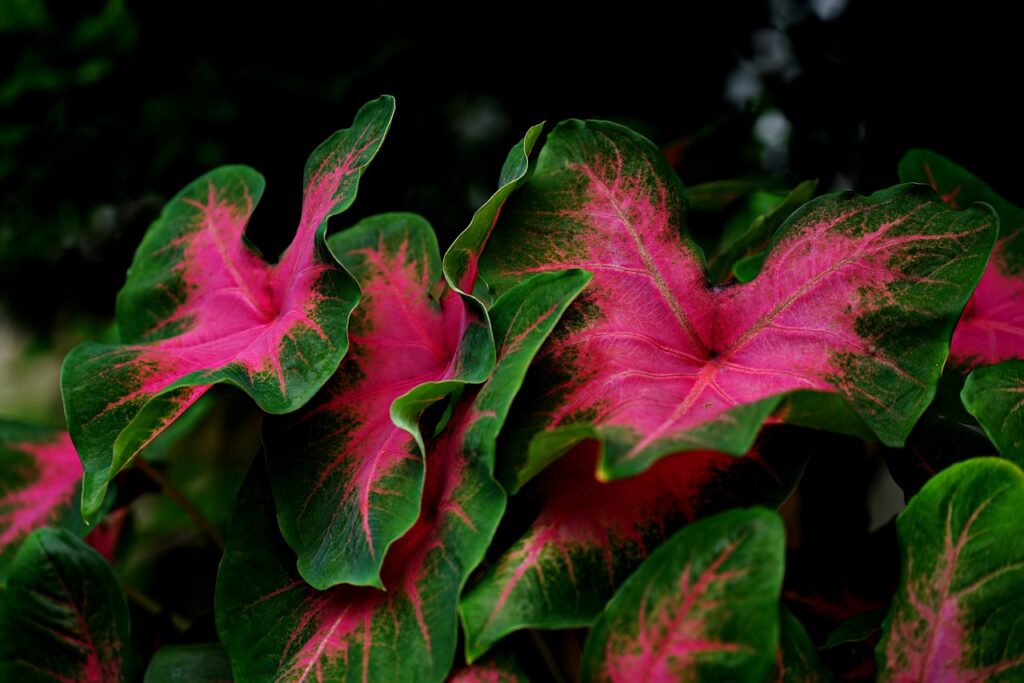
Caladiums need damp soil to grow. That implies that the soil shouldn’t be too dry or too wet. The process of organically restoring the moisture level will start when water is sprayed on the caladium leaves. You can also avoid placing them in direct sunlight to prevent rapid evaporation, which quickly removes all of the moisture around your plant.
- Sort the remaining healthy roots from any roots that are on the verge of dying. Try to make room around the roots so they can access oxygen as well. If the current pot does not allow the water to freely drain, it is recommended to buy new ones with more drainage holes. It can also be said for the soil, if it does not drain properly, try replacing it. And lastly, wait until you are forced to water your plant.
- You can try increasing the frequency of watering to help a caladium that has fallen victim to overexposure to sunlight slowly recover. Hydrating the roots during the recuperation period is very crucial. Don’t water the plants excessively and trim the frayed edges after relocating them to a shaded spot. You can also try putting a sheet on your caladiums to protect them from direct sunlight.
- While the plant is recovering, the surrounding humidity should be raised. Caladiums benefit from this because they do really well in high humidity.
- Maintaining heat is essential for your caladiums. Keep the plants in a place that is out of direct sunlight and with temperatures that are within the plant’s comfort range. It is also a good idea to occasionally cover the plants with plastic to help control humidity and create a greenhouse-like effect by retaining the heat.
- The best course of action you can take is to use a humidifier to keep the area around the plants at the optimum humidity level. Grouping the plants also helps since they increase the humidity in the area by transpiration.
- When it comes to repairing damaged soil, amendments such as compost and manure are critical. If done correctly, layering your soil with manure and compost can be very beneficial. It is also crucial to mulch the soil since it helps maintain the moisture that the caladiums require to grow properly. Additionally, it will keep the soil from being washed away.
- Caladiums need soil that is acidic. Therefore, it is vital to measure the pH level of the soil to make sure that it is on the acidic side, which is about 5.5. If not, adding acidic mulch will easily solve this problem.
How often do Caladiums need to be watered?
Caladiums prefer evenly moist soil, but they also require the soil to be damp rather than sopping wet. You can water your caladiums thoroughly once a week when the soil starts to dry. They are tuber plants, which is why they prefer high humidity.
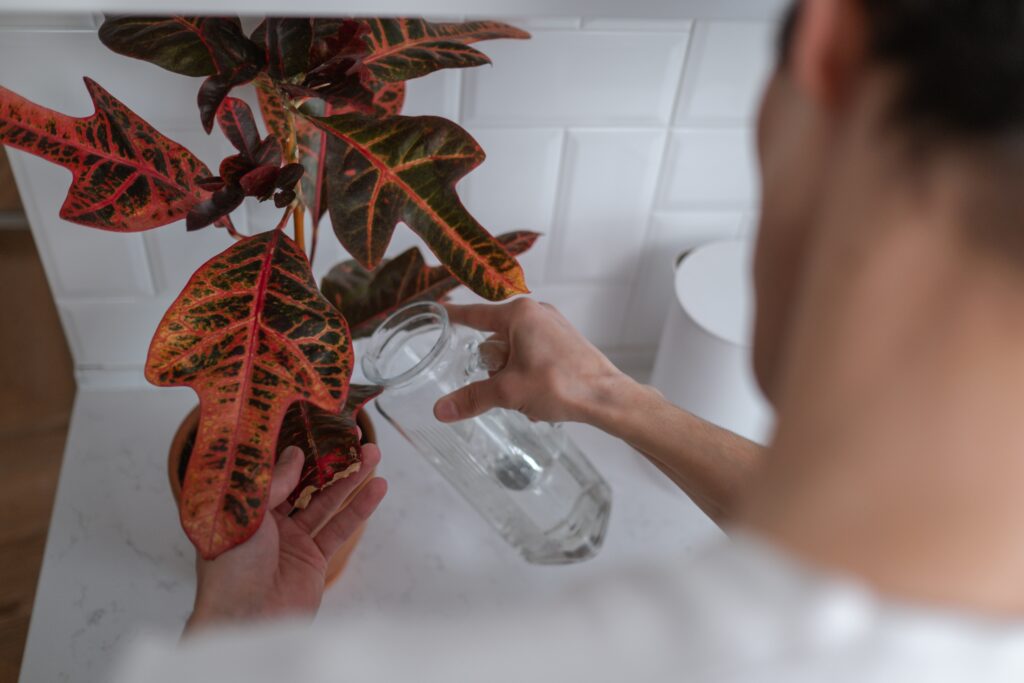
Conclusion
There can be many factors that cause the drooping of your Caladium leaves. But like most indoor plants, caladiums will be able to thrive by focusing on the basics, like the pot and soil they’re in, water, and sunlight. However, if the problem still ensues, there are many things you can do to fix it.

Elizabeth Mcmillan is a passionate gardener with a strong interest in plants. She used to be a teacher, but Elizabeth has spent the last few years immersing herself in the world of plants, learning about their biology and cultural value and trying out different ways of growing them in her own garden. Elizabeth Mcmillan loves indoor plants, succulents, and cacti, and her friends and family know her as a plant care expert.

